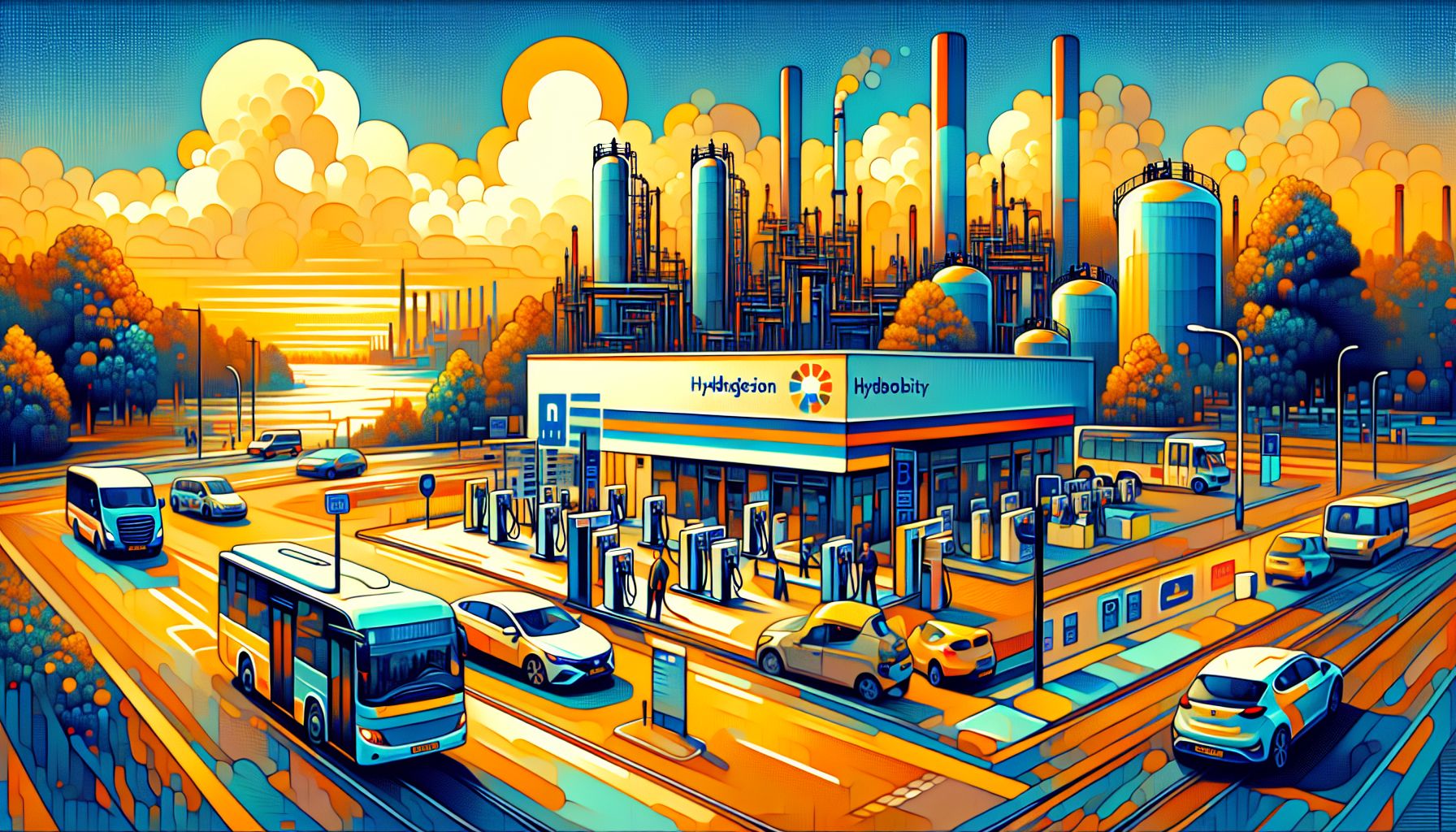Netherlands Launches Hydrogen Mobility Subsidy Scheme on July 15, 2024

Starting July 15, 2024, businesses in transport, hydrogen tank station operators, and passenger transport providers in the Netherlands can apply for subsidies to promote hydrogen use in mobility.
Details of the SWIM Subsidy Scheme
The new subsidy scheme, named SWIM (Subsidie Waterstof in Mobiliteit), has been allocated a budget of €22 million. Companies in the transport and distribution sectors, as well as operators of hydrogen tank stations and providers of passenger transport, can apply for subsidies from July 15 to September 6, 2024. Each application can receive up to €6 million in subsidies, specifically aimed at investments in hydrogen technology and infrastructure, including the construction, expansion, or upgrade of hydrogen tank stations.
Eligibility and Requirements
To be eligible for the subsidy, applications must be submitted by a consortium, which includes at least one new hydrogen tank station, and 50% of the vehicles involved must be heavy-duty transport vehicles. Interested parties must submit their project ideas and consortium details by July 1, 2024, via the RVO website, which manages the SWIM scheme. The subsidy covers up to 40% of the costs associated with building or upgrading hydrogen tank stations for heavy transport.
Global Context and Collaborative Efforts
This initiative comes at a crucial time when global efforts to accelerate hydrogen mobility are gaining momentum. For instance, HYVIA, a joint venture between Renault Group and Plug, and HYPE, a pioneer in hydrogen taxis, have partnered to enhance the hydrogen mobility ecosystem in France. Their collaboration includes the supply of decarbonized hydrogen, establishment of refueling stations, and deployment of hydrogen vehicles, starting with a new refueling station in Buc, near Paris, in the summer of 2024[1].
Japan’s Support for Hydrogen Imports
Meanwhile, Japan has announced measures to subsidize imported hydrogen that has already received subsidies from other countries. This strategy, as revealed by Shinichi Kihara at the Hydrogen Americas Summit, aims to boost the international hydrogen market and facilitate the global energy transition[2].
Conclusion
The Dutch government’s launch of the SWIM subsidy scheme underscores a significant commitment to advancing hydrogen mobility. By supporting investments in hydrogen infrastructure and technology, this initiative aligns with broader global efforts to decarbonize transport and combat climate change. As businesses prepare their applications, the successful implementation of this subsidy could set a precedent for other nations looking to embrace hydrogen as a sustainable energy source.

